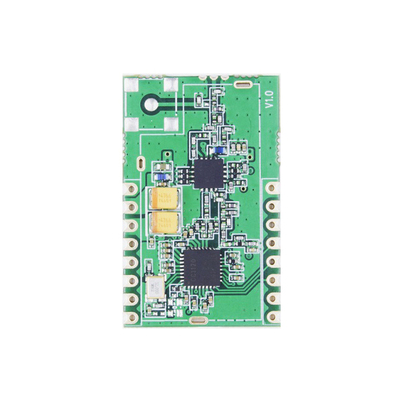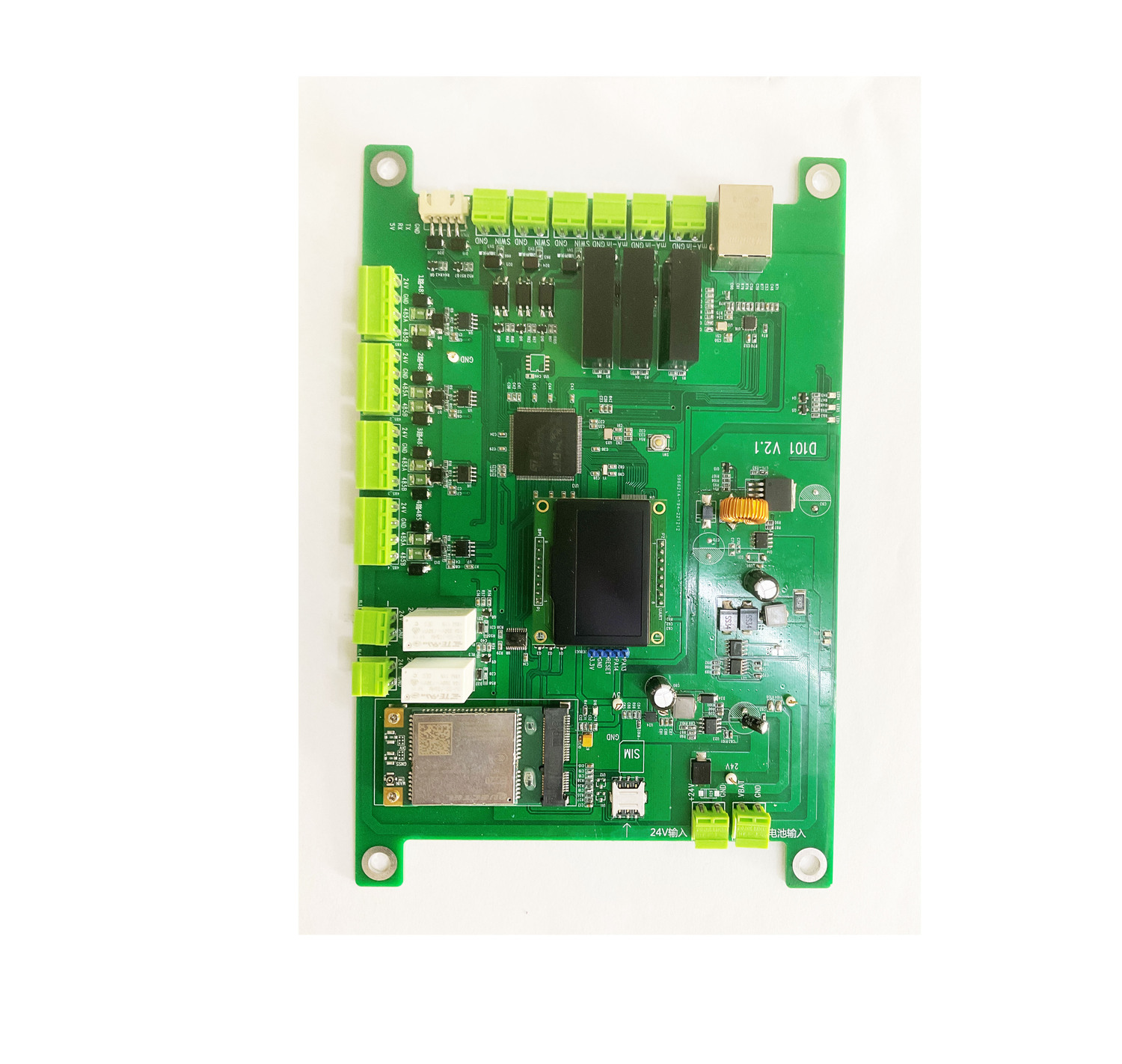When the coffee roast machine is extracting and concentrating, the process of oil seepage has always been a healing scene. Especially after the thick golden foam is seen, the latte art party is so happy. But if one day you find that the extracted oil is scarce, thin, or even non-existent, then the problem is likely to appear in these aspects!In order to open the market, coffee roasting machines Constantly improve the ability of business development and create an extraordinary brand image for it. https://www.yoshanroaster.com/
Why Is the Fat Extracted from Coffee Machine too Thin?
Why Is the Fat Extracted from Coffee Machine too Thin?
1. The coffee beans are not fresh
When the coffee beans are not fresh, the carbon dioxide content in them is not enough to “support” the rich oil! There are two reasons for not being fresh:
One is that the time from roasting is too long and exceeds the best tasting period. Generally, Italian coffee beans have a tasting period of 60 days. After this period of time, the aroma, flavor, and carbon dioxide have almost been lost. If you use it for extraction, the oil obtained will naturally be thinner!
The other is the storage problem! Even if your beans are within the tasting period, if they are not stored well, and there is a leaking lid or leaking seal, which allows the coffee beans to be exposed to the air, the coffee beans will accelerate the exhaust reaction. It only takes one night to turn the fragrant coffee beans into tasteless beans. Therefore, when we buy beans, it is best to observe its roasting time and then store it properly. In this way, waste and overturning can be greatly reduced.
Why Is the Fat Extracted from Coffee Machine too Thin?
2. Coffee machine pressure adjustment
The pressure valves of many home coffee roast machine are like the one used in the front street, which are in a place where you can touch it by raising your hand. Although it is very convenient, it is easy to touch it accidentally, causing problems with the next cup of production. So if the concentrated oil is too thin, you might as well check the pressure valve to see if it is at the correct pressure value to reduce the error.
3. Too coarse grinding and too little powder
Grinding too coarsely or using much less powder than the powder bowl standard are the two best situations to confirm! When you press the extraction button and see the coffee liquid rushing down, it means that there is a problem with one of these two parameters (or both), resulting in a large gap for water to flow through, or a channel effect. The coffee extracted in these two situations is light in color, thin in oil, and very bland in taste! It is best to use the reference weight of the powder bowl as the standard for the amount of powder. As for grinding too coarsely, you can use the extraction time of 20 seconds as a benchmark!
For a long time, the powder liquid of Italian coffee is twice as heavy as the powder liquid that everyone has always assumed. Adhering to this principle, see if the extraction time is within 20 seconds. If it is, it means that the grinding is not coarse enough, the gap that water can pass through is too large, and the extraction time is naturally short, so you need to readjust the grinding!
Why Is the Fat Extracted from Coffee Machine too Thin?
4. The water temperature is too low
During extraction, if the water temperature does not reach the extraction requirement of 90+<C, the oil will be too thin. Of course, it will also be like grinding too coarsely, and the final espresso will be under-extracted! Generally speaking, insufficient water temperature will occur in the preheating stage when the machine is just turned on. The water temperature at that time will not be too accurate. Therefore, Qianjie started concentrated extraction twenty minutes after the machine was turned on.
5. The beans are roasted too lightly
Because lightly roasted coffee beans are harder in texture, they require higher extraction intensity than dark roasted beans. Therefore, if you apply the extraction parameters of dark roasted beans to light roasted beans, it is very easy to have “concentrated splashing”. Therefore, lightly roasted beans still need to be adjusted to the corresponding parameters! Even if the parameters are correct, its fat will not be as rich and thick as that of dark roasted beans. After all, it has less carbon dioxide.
Why Is the Fat Extracted from Coffee Machine too Thin?
By addressing these factors, you can improve the fat extraction from your coffee roaster machine and enjoy a richer, more flavorful cup of coffee.






